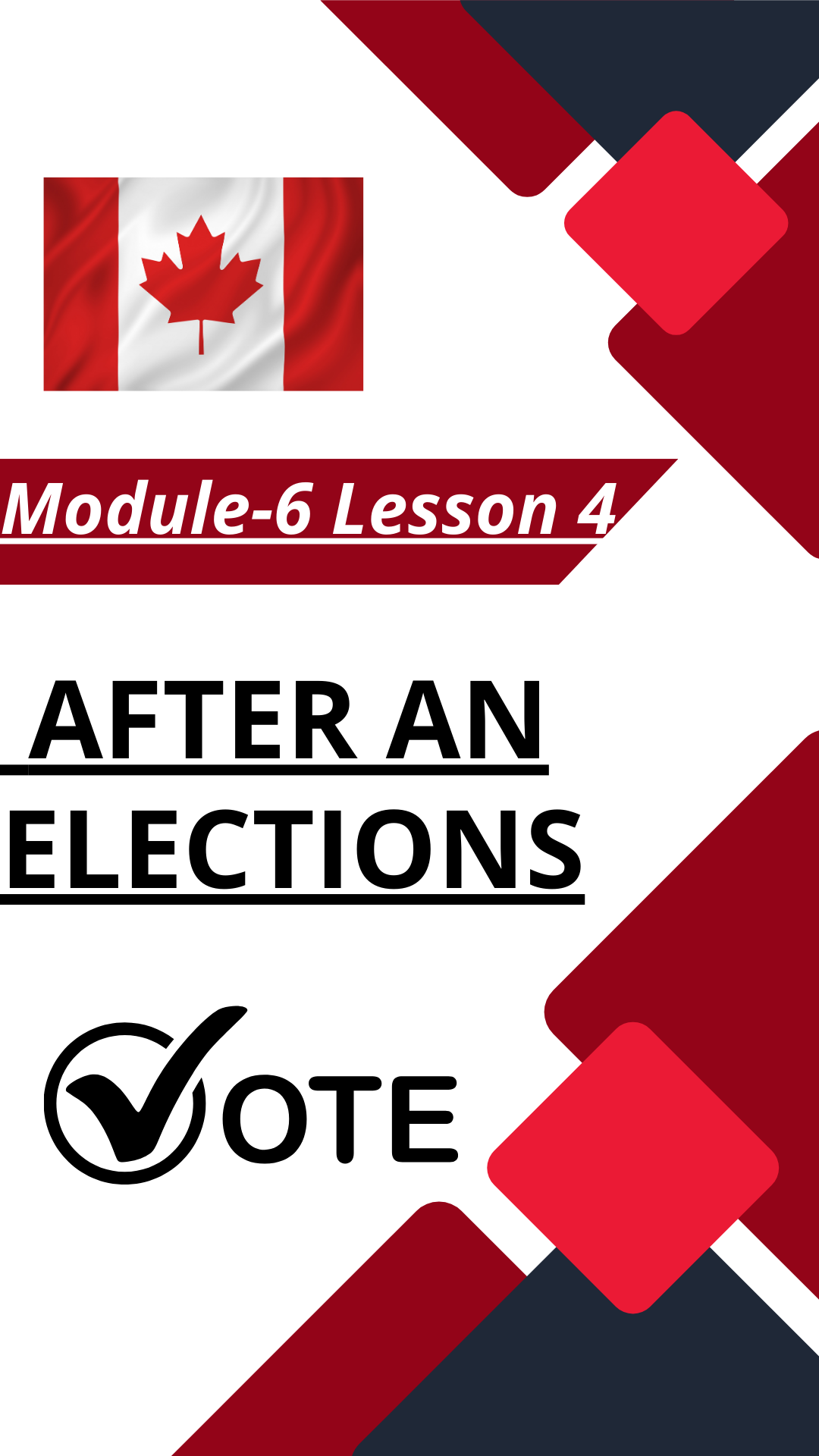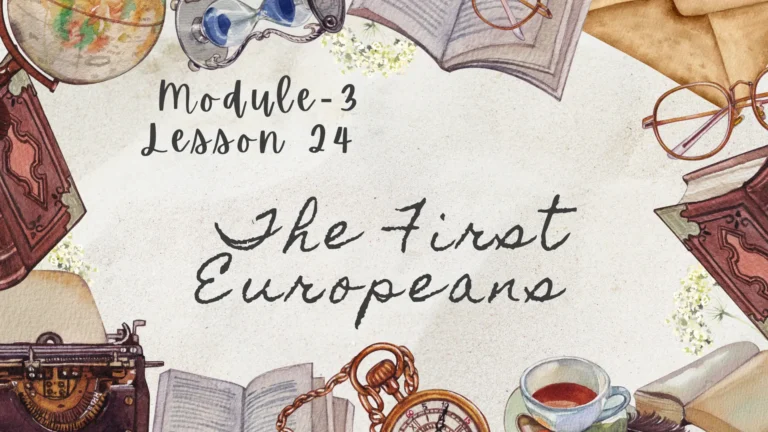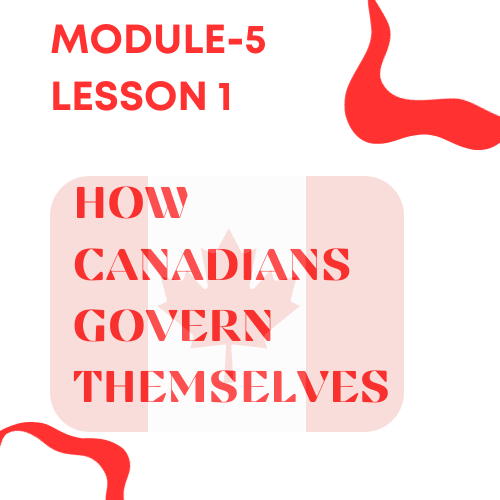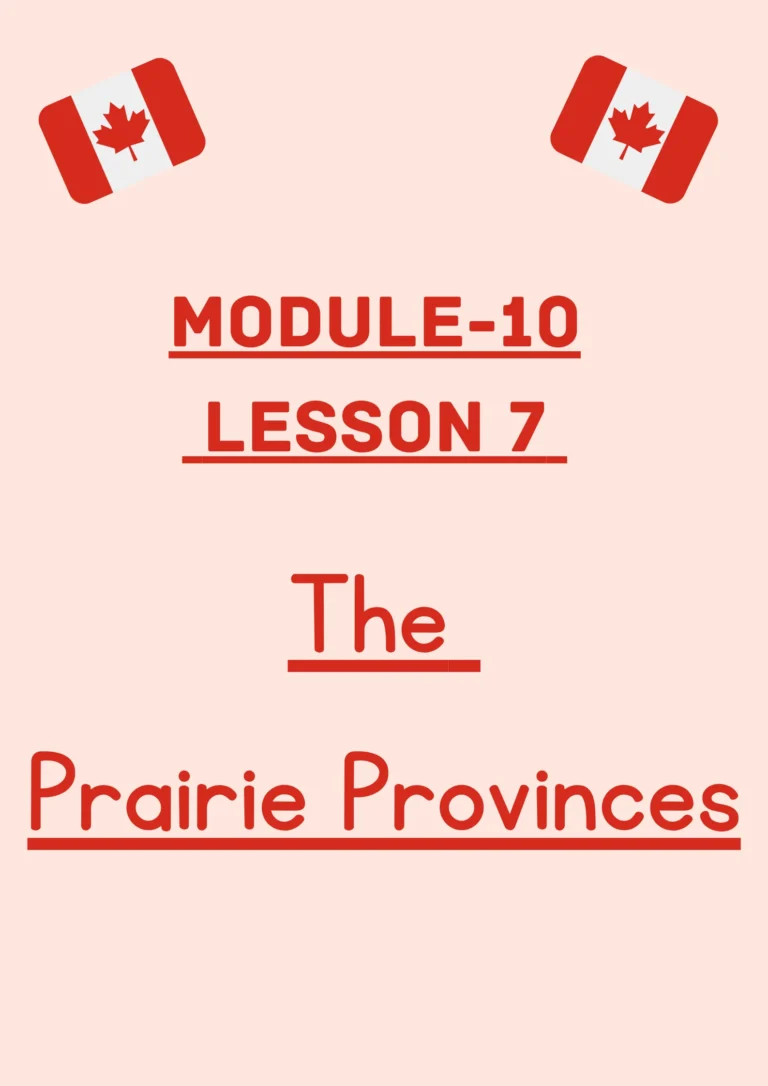Module-6 Lesson 4 After an Elections
In Canada, the conclusion of after an election does not mean the end of the political process. It is rather the beginning of the political journey of the country. After the voting, there is the complex process of creating a new government, implementing policy, and assessing electoral outcomes. This essay examines Canada’s post-election political landscape, with a focus on policy implementation and citizens’ ongoing roles in shaping Canada’s future.
The formation of governments and coalition politics:
After an election is over, it’s up to the winning party or coalition in the House of Commons to form the new government. This winning party’s leader becomes Prime Minister. In Canada’s system of parliamentary elections, however, a winning party can secure more than a majority without having an absolute majority. The parties will negotiate alliances in order to create a stable coalition.
In Canada, the formation of a new government involves delicate negotiations as all parties try to find common ground in terms of policy priorities and principles. A coalition government or minority is formed to try and balance out the different perspectives from the voters.
The Policy Implementation Process:
After a new government has been formed, attention turns to the implementation of policy. A political party, or coalition of parties, will begin the translation process from campaign promises to concrete actions, guided by their electoral platform. Legislative agendas are set and legislation is introduced to the House of Commons for debate and review.
Effective policy implementation depends on the ability of government to manage parliamentary procedures, to build consensus and to respond to changing needs in the country. In this phase, citizens play an important role by holding their elected officials responsible through civic engagement, public dialogue, advocacy and other types of civic engagement.
Public Accountability and Oversight
Canada’s governance system is transparent and accountable. The citizens have the right of holding elected officials responsible for their decisions and actions. After an election, opposition plays a key role in providing checks-and-balances. The opposition parties examine government policies and question the decision-making process to promote a healthy democratic debate.
In addition, committees of the parliament, which are composed by members of different parties, have a crucial role to play in the oversight and implementation specific policies. These committees promote transparency, accountability, and a well-informed citizenry through hearings, investigations and reports.
Citizens’ Engagement in Democracy:
After the election, citizens can actively engage in democratic processes. Citizens can also engage in a dialogue with their representatives after the election, to provide feedback, express concerns and contribute to developing policies that are reflective of diverse population needs.
Civil society groups, advocacy organizations and grassroots movements play an important role in shaping the public discourse and holding government accountable. Canadians can contribute to the vitality and resilience of democracy by fostering an active citizenship culture.
Policy adaptation to changing realities:
Canada’s political scene is constantly changing, as external influences such as global economic events and social changes influence policy priorities. To address new challenges and opportunities, governments must be flexible, open-minded, and responsive.
After an election, the ability of a government to adapt to changing conditions while remaining true to core principles is often used to measure its effectiveness. Flexible thinking and the willingness to listen to diverse viewpoints are essential for agile governance.
The Regional Dynamics of Federal-Provincial Relationships:
Canada’s federal system includes not just the national government, but also provinces and territories. A cohesive government is dependent on the management of federal-provincial relationships after an election. To address regional disparities and implement policies efficiently, it is essential that different levels of the government work together.
After the election, dialogues between federal and provincial governments, intergovernmental conferences, and negotiations are used to align priorities, resolve disputes, coordinate efforts, and address shared issues such as infrastructure, healthcare, and education.
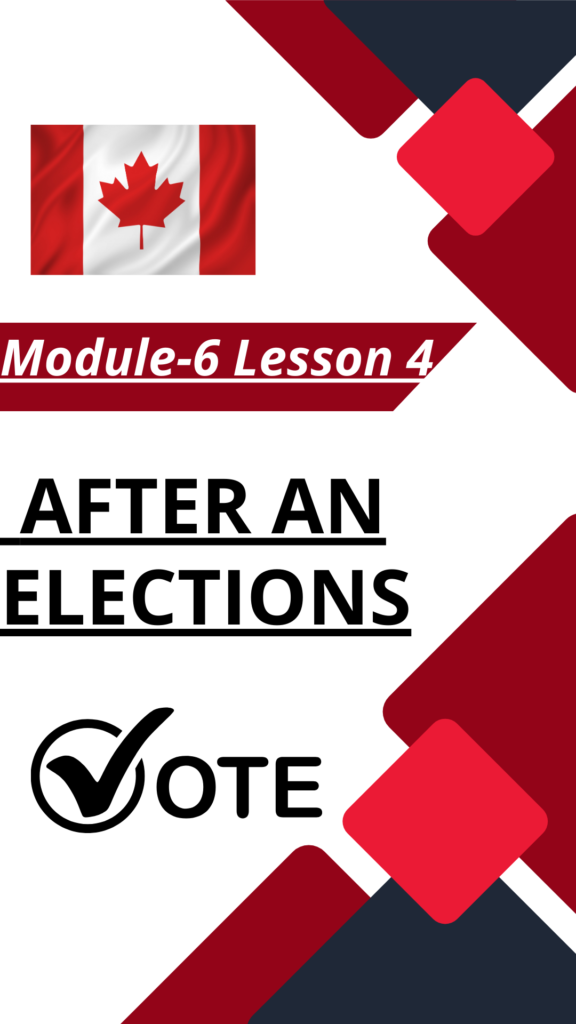
Conclusion:
Canada’s post-election phase is a journey that continues democratic participation, civic responsibility, and governance. The post-election period in Canada is one of continuous democratic participation, governance and civic responsibility. It’s a period when promises made on the campaign trail become tangible policies. Citizens continue to be active participants in the shaping of the future. The ongoing engagement of the citizens, responsiveness of the elected officials and adaptability of the governance structures all contribute collectively to Canada’s democracy framework as the political landscape changes. Post-election is a continuation of dynamic process that highlights the lasting nature of democracy in shaping destiny.

